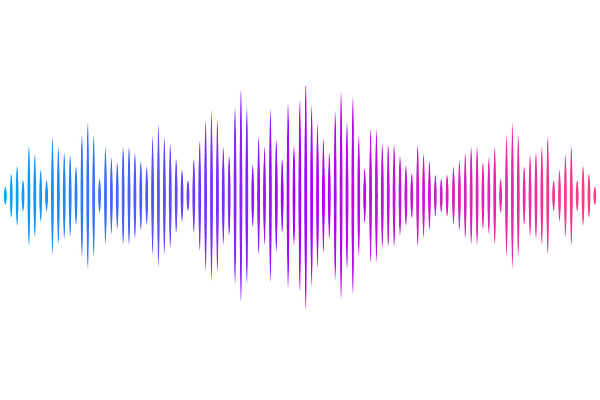The dark matter content of Milky Way dwarf spheroidal galaxies: Draco, Sextans and Ursa Minor

The dark matter content of Milky Way dwarf spheroidal galaxies: Draco, Sextans and Ursa Minor
Hao Yang, Wenting Wang, Ling Zhu, Ting S. Li, Sergey E. Koposov, Jiaxin Han, Songting Li, Rui Shi, Monica Valluri, Alexander H. Riley, Arjun Dey, Constance Rockosi, Carles G. Palau, Jessica Nicole Aguilar, Steven Ahlen, David Brooks, Todd Claybaugh, Andrew Cooper, Axel de la Macorra, Peter Doel, Simone Ferraro, Jaime E. Forero-Romero, Enrique Gaztañaga, Satya Gontcho A Gontcho, Alma Xochitl Gonzalez Morales, Gaston Gutierrez, Julien Guy, Klaus Honscheid, Mustapha Ishak, Dick Joyce, Robert Kehoe, Theodore Kisner, Namitha Kizhuprakkat, Anthony Kremin, Ofer Lahav, Martin Landriau, Laurent Le Guillou, Gustavo Medina Toledo, Aaron Meisner, Ramon Miquel, Nathalie Palanque-Delabrouille, Francisco Prada, Ignasi Pérez-Ràfols, Graziano Rossi, Eusebio Sanchez, David Schlegel, Michael Schubnell, Joseph Harry Silber, David Sprayberry, Gregory Tarlé, Benjamin Alan Weaver, Rongpu Zhou, Hu Zou
AbstractThe Milky Way Survey of the Dark Energy Spectroscopic Instrument (DESI) has so far observed three classical dwarf spheroidal galaxies (dSphs): Draco, Sextans and Ursa Minor. Based on the observed line-of-sight velocities and metallicities of their member stars, we apply the axisymmetric Jeans Anisotropic Multi-Gaussian Expansion modeling (JAM) approach to recover their inner dark matter distributions. In particular, both the traditional single-population Jeans model and the multiple population chemodynamical model are adopted. With the chemodynamical model, we divide member stars of each dSph into metal-rich and metal-poor populations. The metal-rich populations are more centrally concentrated and dynamically colder, featuring lower velocity dispersion profiles than the metal-poor populations. We find a diversity of the inner density slopes $\gamma$ of dark matter halos, with the best constraints by single-population or chemodynamical models consistent with each other. The inner density slopes are $0.71^{+0.34}_{-0.35}$, $0.26^{+0.22}_{-0.12}$ and $0.33^{+0.20}_{-0.16}$ for Draco, Sextans and Ursa Minor, respectively. We also present the measured astrophysical J and D factors of the three dSphs. Our results indicate that the study of the dark matter content of dSphs through stellar kinematics is still subject to uncertainties behind both the methodology and the observed data, through comparisons with previous measurements and data sets.